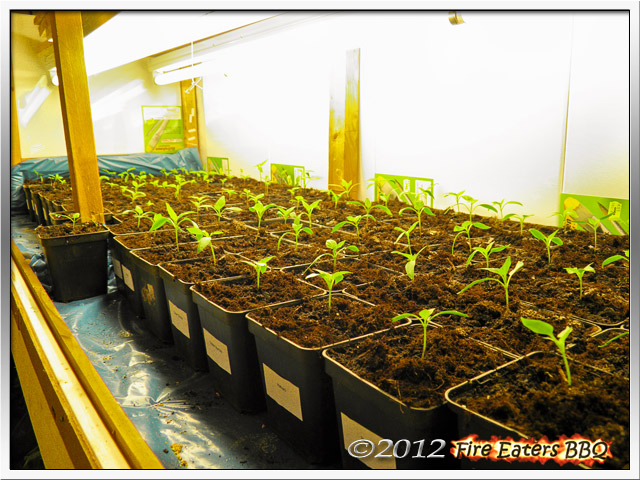 Plant lights provide valuable services for bridging the winter time and stimulating growth – in the spirit of botany.
Plant lights provide valuable services for bridging the winter time and stimulating growth – in the spirit of botany.
Plants need light to grow and flower, which gives them the sun under natural living conditions. Should plants thrive indoors and as independent of the seasons as possible, artificial light sources have to take over the role of daylight. Ordinary light bulbs are out of the question, because they largely convert the energy into unwanted heat and the spectrum of their light is unfavorable for plants. Fluorescent lamps are used as plant lamps: low heat generation, flat illumination, low energy consumption, High pressure mercury vapor lamps: long lifetime, intense radiation, no heat stress, metal halide lamps: high light output, very similar to daylight (intensity required 80 cm minimum distance to the plant), High pressure sodium vapor lamps: only as a supplement to daylight.
It becomes day or night at the touch of a button
During daylight – dependent on weather and season – subject to natural fluctuations, artificial plant light behaves constantly. Even more: Because not the full spectrum of light provided by the sun is useful for plants, Plant lamps emit a targeted selection of the physiologically effective color components. These photobiological, i.e. light-dependent life processes can be divided into photosynthesis: Formation of starch and sugar from water and the carbon dioxide in the air. Morphogenese: Formation of the growth habit. Too little light leads to elongated sprouts, reduced leaf areas and reduced leaf green formation. Too much blue-violet delays growth in length, a preponderance of red and infrared accelerates it.
photoperiodism: How a plant develops, depends on the ratio of Hell- and times of darkness, especially in relation to the formation of flowers. Only then do long-day plants start flowering, if they get light for more than twelve hours a day. The opposite is true for short-day plants (less than twelve hours).
Phototropismus: Because plants react to the incidence of light with the direction of their growth, should be exposed to artificial light and daylight from the same direction.
The manufacturers of plant lamps offer calculation aids, how many light sources have to be placed at what distance above the plants, to keep them alive or. stimulated to bloom.
As a simple guide: Plants with low light requirements tend to be those with softer foliage. Variegated plants have a medium light requirement, while plants with thorns and with small or fleshy leaves need a lot of light.